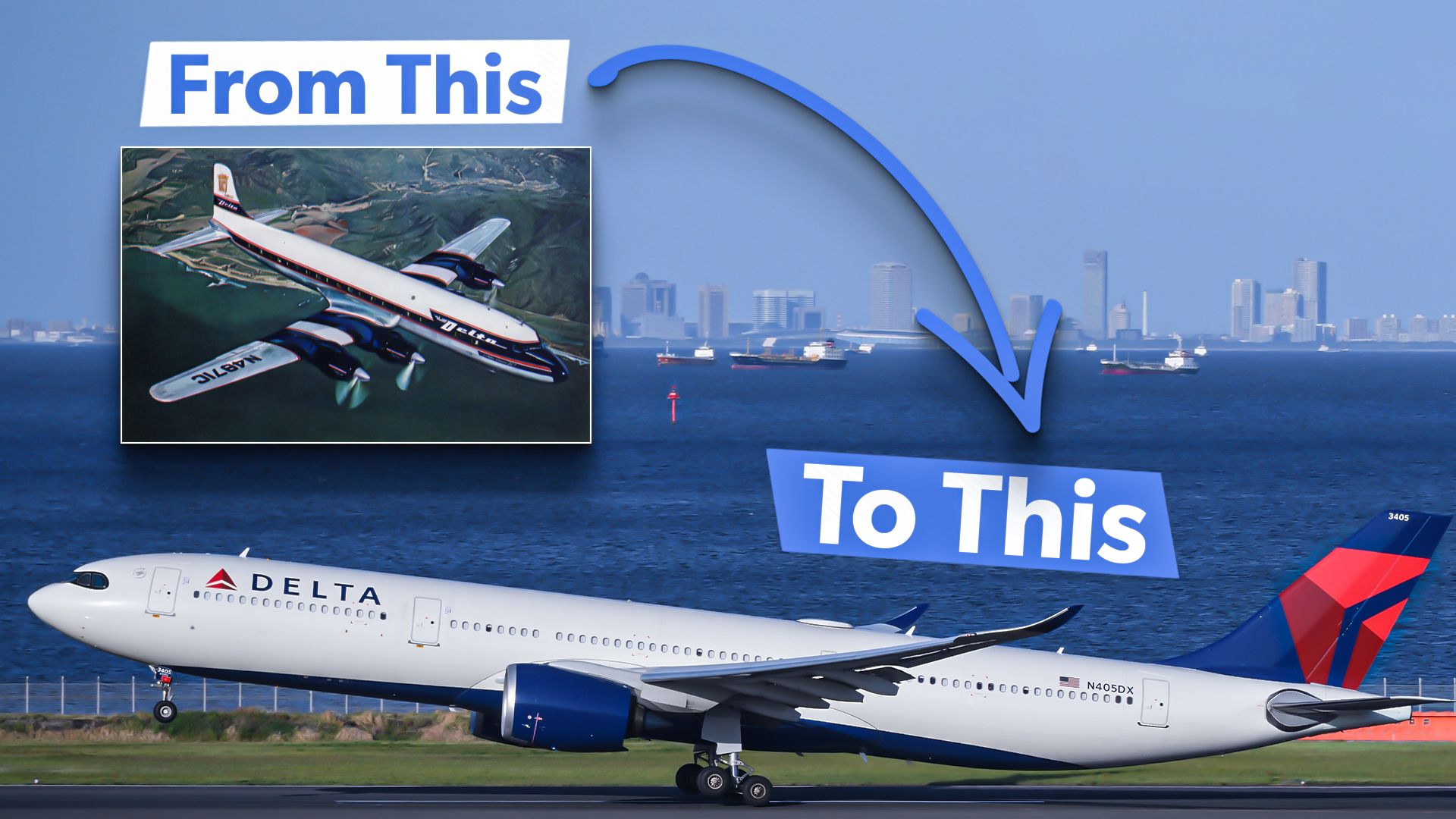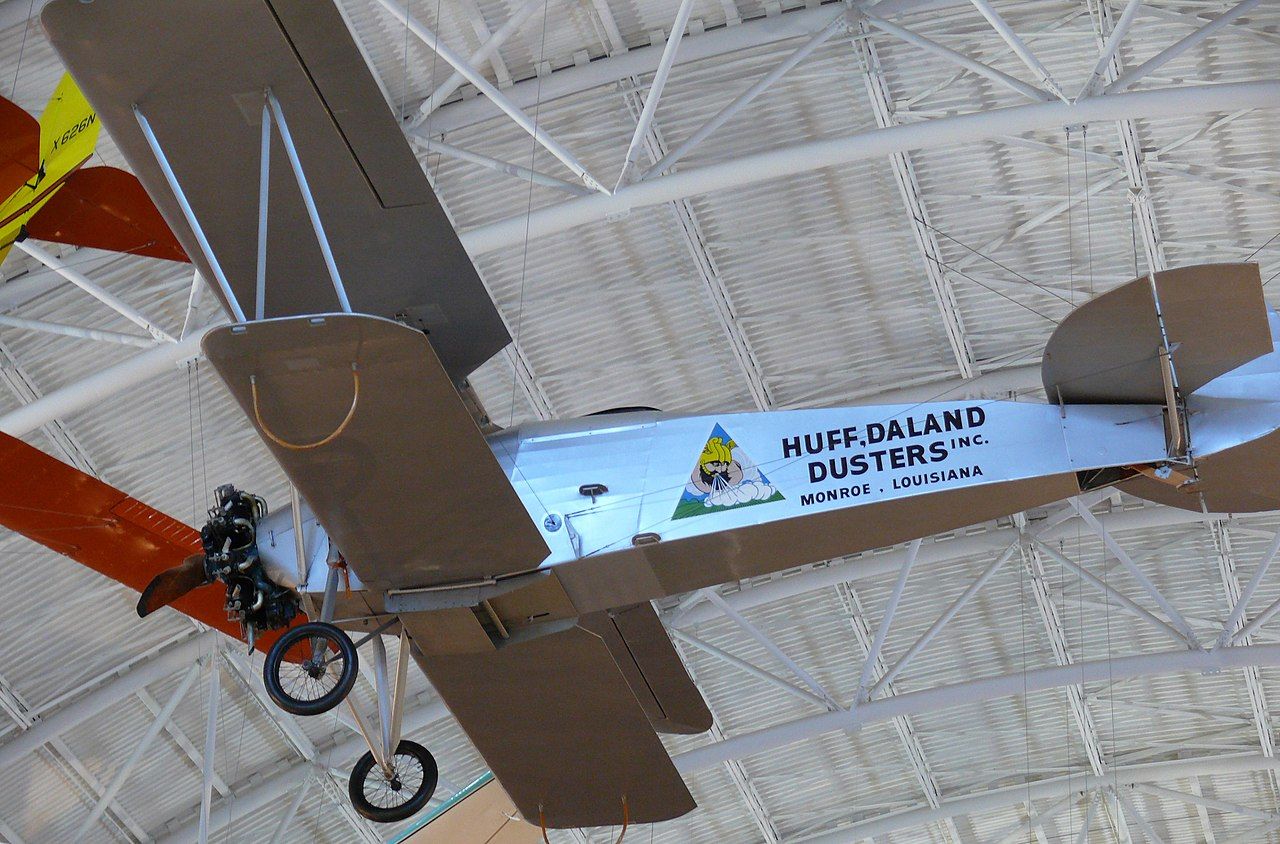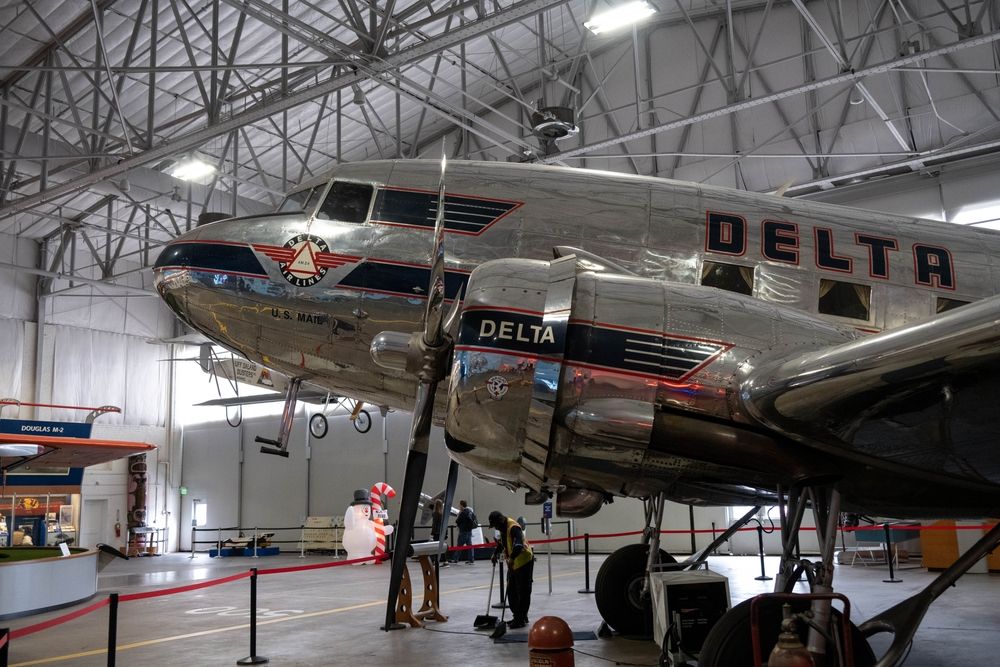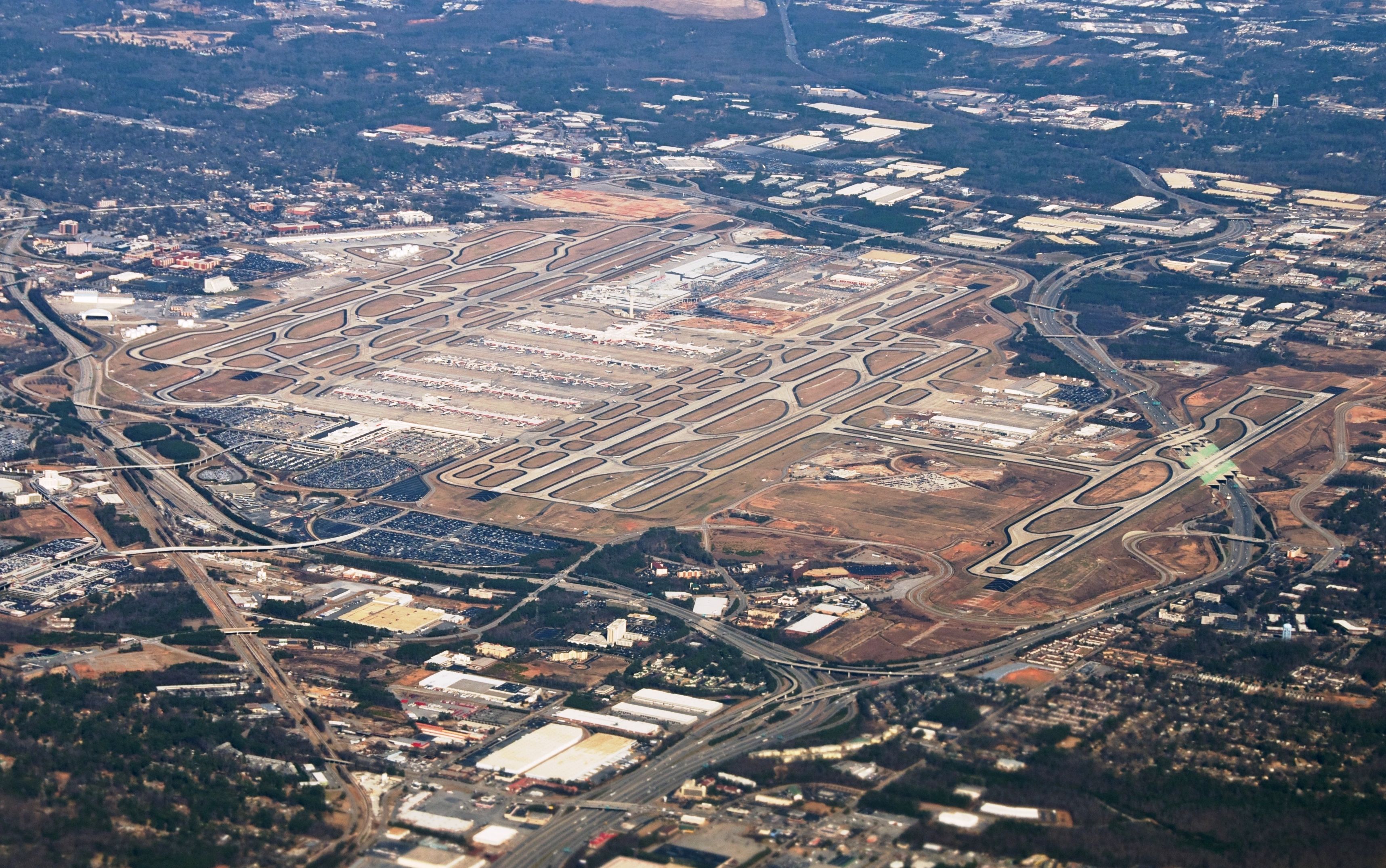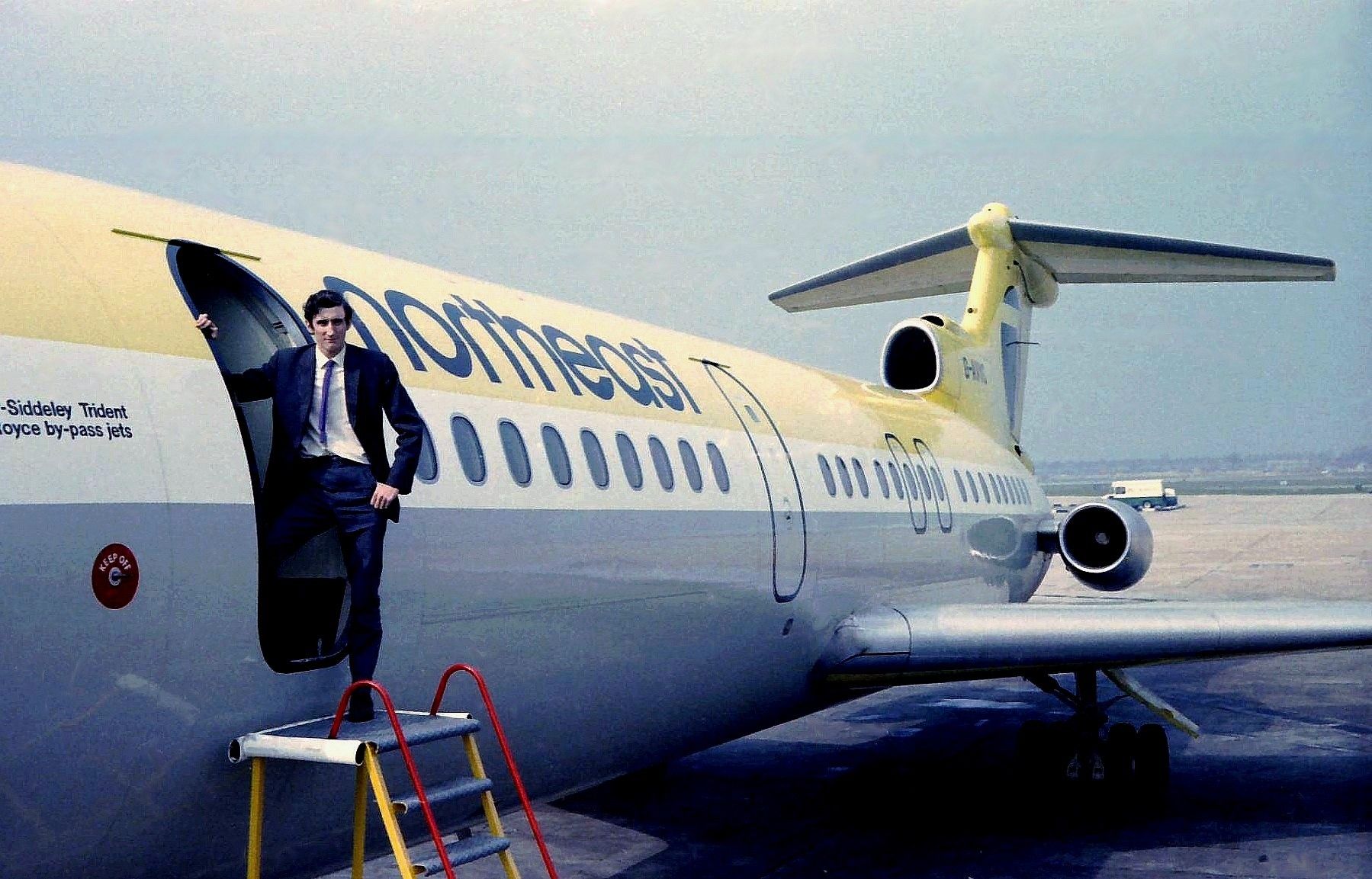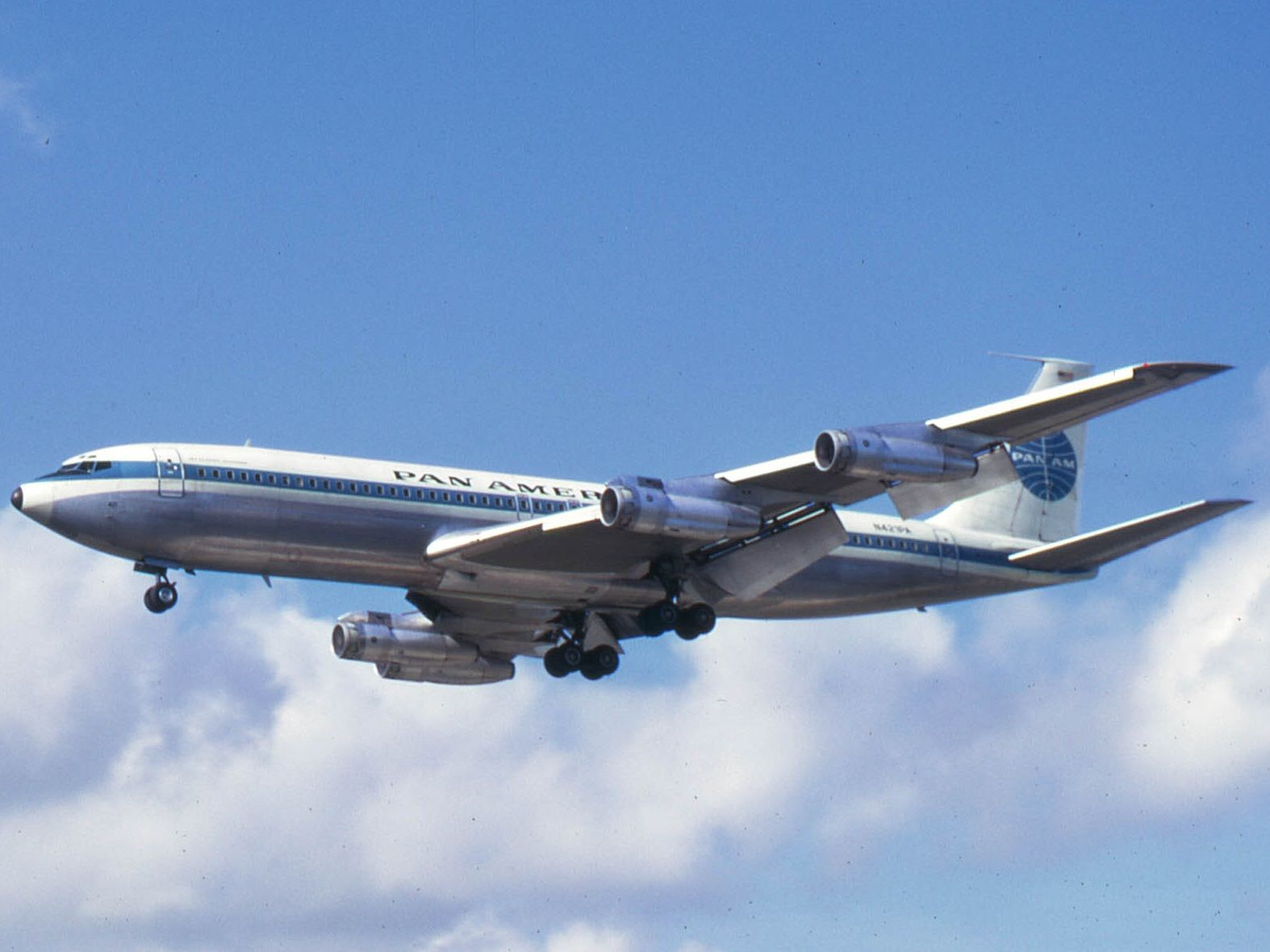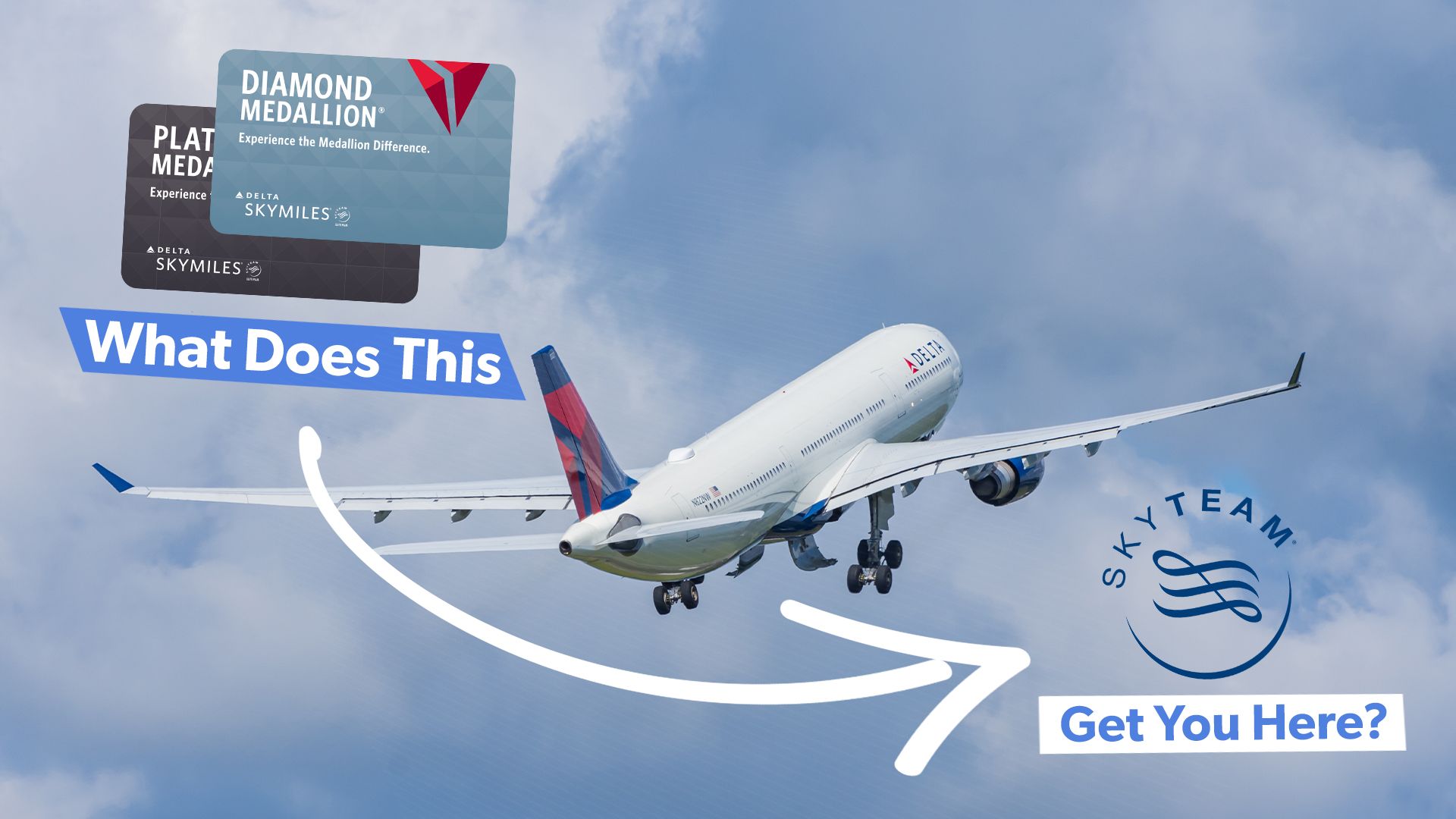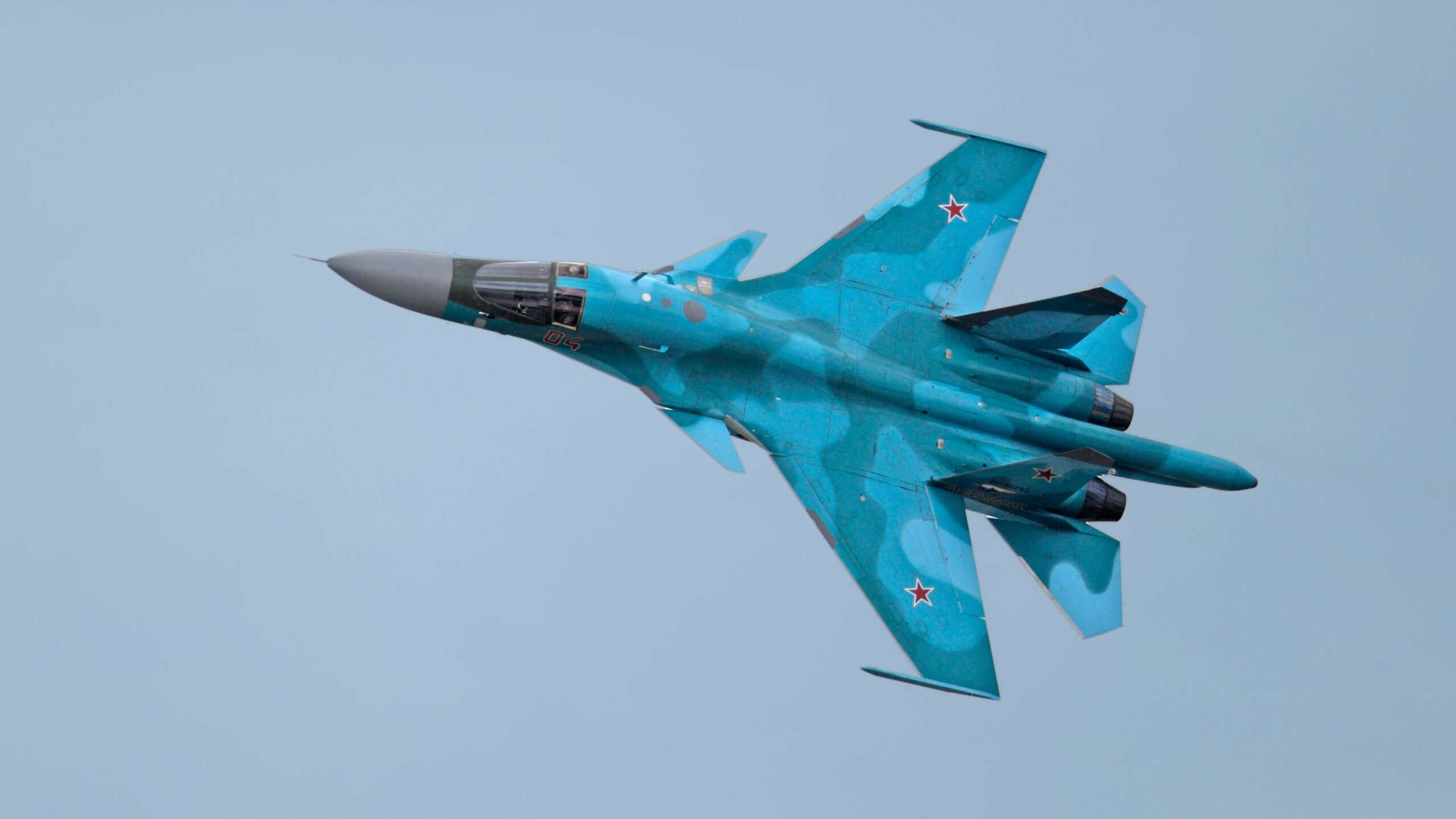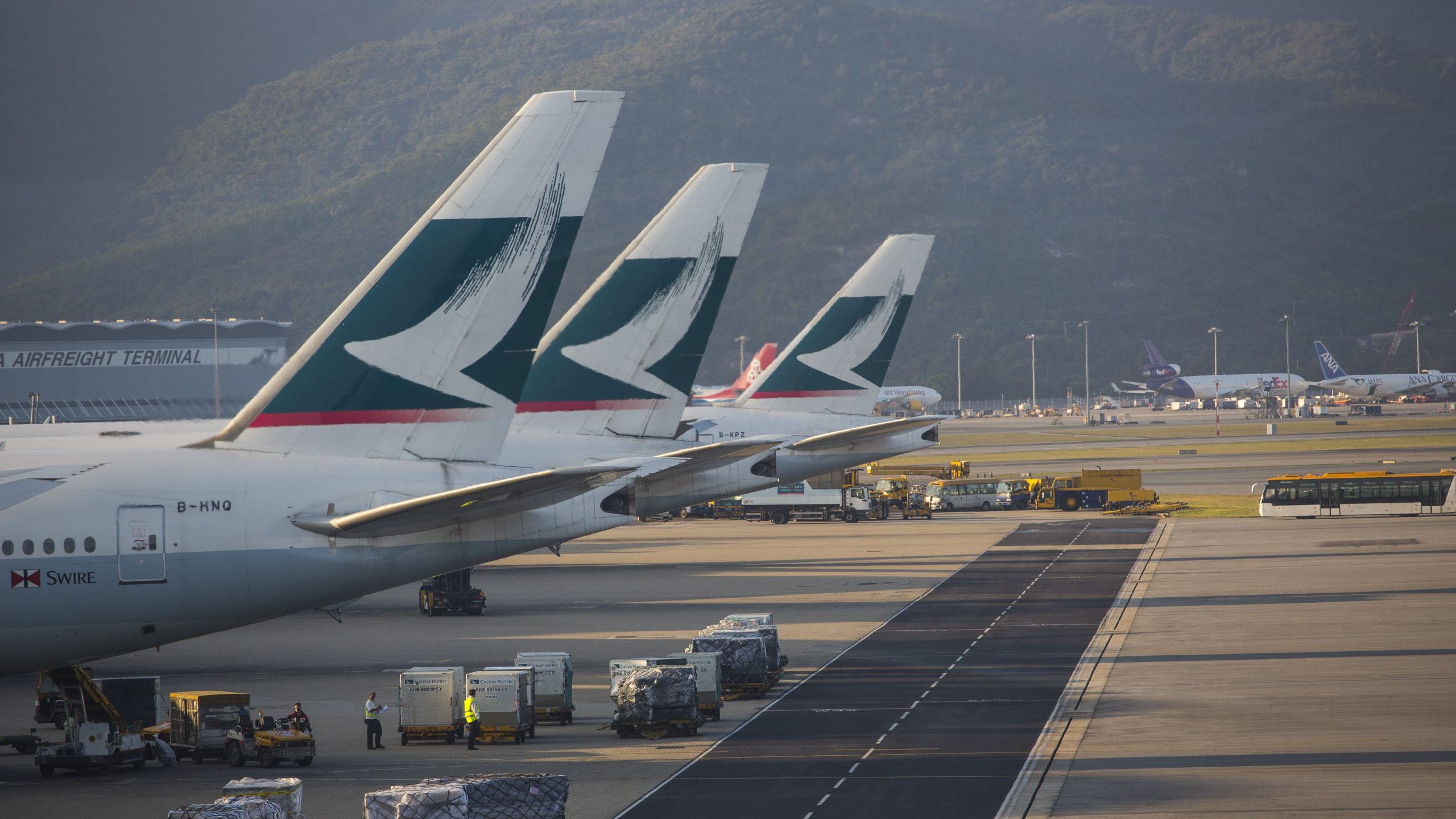Summary
- Delta Air Lines began as a crop dusting company on March 2, 1925, in Georgia
- 1940 was transformative for Delta as it introduced the DC-2 and DC-3 aircraft
- Delta pioneered the hub-and-spoke model in the 1950s, making Atlanta the busiest airport
Delta Air Lines is one of the largest airlines today and the top-ranked North American airline. Delta boasts a storied history of how it rose from being a crop dusting company to one of America’s leading airlines. Delta is one of the world’s oldest operating airlines (founded in 1925) and today operates flights to all six inhabited continents. Delta may have lived under the shadow of Pan Am for many years, but it also contributed many innovations to the airline industry. When Pan Am collapsed in 1991, Delta bought up and absorbed many of the formerly great airline’s profitable assets.
1
Founding
Delta is 99 years old and will celebrate its centenary next year
|
Founding date: |
March 2, 1925 |
|---|---|
|
Function: |
Crop dusting |
|
Original name: |
Huff Daland Dusters, Inc. |
Delta Air Lines was founded on March 2, 1925, as the world’s first aerial crop-dusting company. Many of the world’s oldest carriers trace their roots to humble beginnings as crop dusters or mail services. The origin of crop dusting started a few years prior, in 1921, when Army Lt. John Macready took off for his first experiment of crop dusting by airplane.
At first, Delta was called Huff Daland Dusters, Inc. and was based in Georgia. Later that year, it moved to Monroe, Louisiana, and in 2028, it was incorporated as Delta Air Service after the Mississippi Delta. Delta Air Lines grew out of early federal and military initiatives to kick-start the aviation industry and improve crop treatment methods. At the time, the boll weevil insect was playing havoc on the South’s cotton industry.
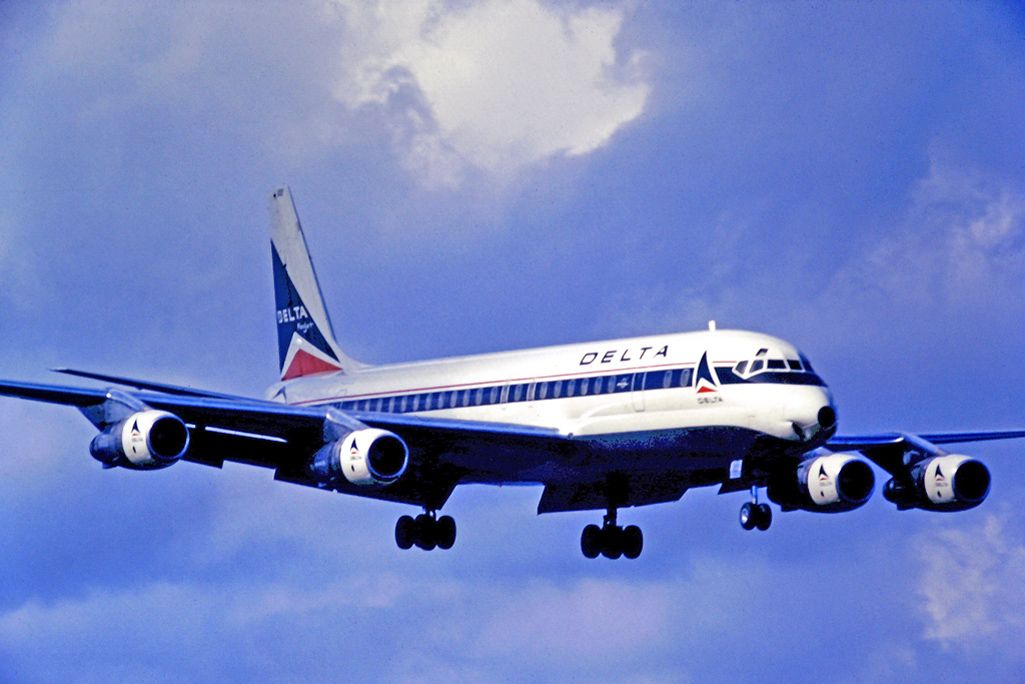
Related
On This Day In 1929 Delta Air Lines Operated Its First Flight
94 years ago today, Delta began its first commercial service, evolving from aerial crop dusting to one of the world’s largest full-service carriers.
2
Introduction of Douglas DC-2 and DC-3s
1940 was a transformative year for Delta as it introduced DC-2s, DC-3s, and ‘stewardesses’ for the first time
|
DC-2 capacity: |
14 passengers |
|---|---|
|
DC-3 capacity: |
21-32 passengers |
|
First stewardess: |
Ellen Church in 1930 with Boeing Air Transport |
1940 Delta Air Lines introduced the Douglas DC-2 and DC-3 in service. The DC-2 was the first Douglas aircraft to join the Delta fleet and was the first aircraft that passengers could stand erect when walking through the cabin. This was when the airline also first added flight attendants (then called “stewardesses”) to the flight crews. The larger size of the DC-2 required the addition of the new crew member – the stewardess.
Photo: Joseph Creamer l Shutterstock
The introduction of the DC-3 revolutionized commercial aviation. The aircraft offered passenger capacity, speed, and economical operation, finally making passenger travel a profitable enterprise for airlines (American Airlines had already introduced it in 1936). As another mark of the age, beverage service on Delta flights also featured Coca-Cola bottles.
3
Delta pioneers hub-and-spoke
Delta helped pioneer the hub-and-spoke model that still makes Atlanta the busiest airport in the world today
|
Principal hub: |
Atlanta Hartsfield-Jackson International Airport |
|---|---|
|
Development of hub-and-spoke: |
1950s |
|
Atlanta passengers 2023: |
104.7 million |
According to the Delta Flight Museum’s website, Delta pioneered the extensive development of the hub-and-spoke system in the 1950s. Delta used its base in Atlanta as a cross-connecting point. Passengers were (and still are) flown to Atlanta to connect to other flights.
The Delta Flight Museum also notes that Eastern Air Lines also started to group flights by connecting times in Atlanta. By 1955 “between the hours of noon and 2pm – the ‘noon push’ – Atlanta was the busiest air transfer hub in the world. Today, the Atlanta Hartsfield-Jackson International Airport (Delta’s hub) remains the busiest in the world, receiving almost 105 million passengers in 2023, according to Atlanta News First.
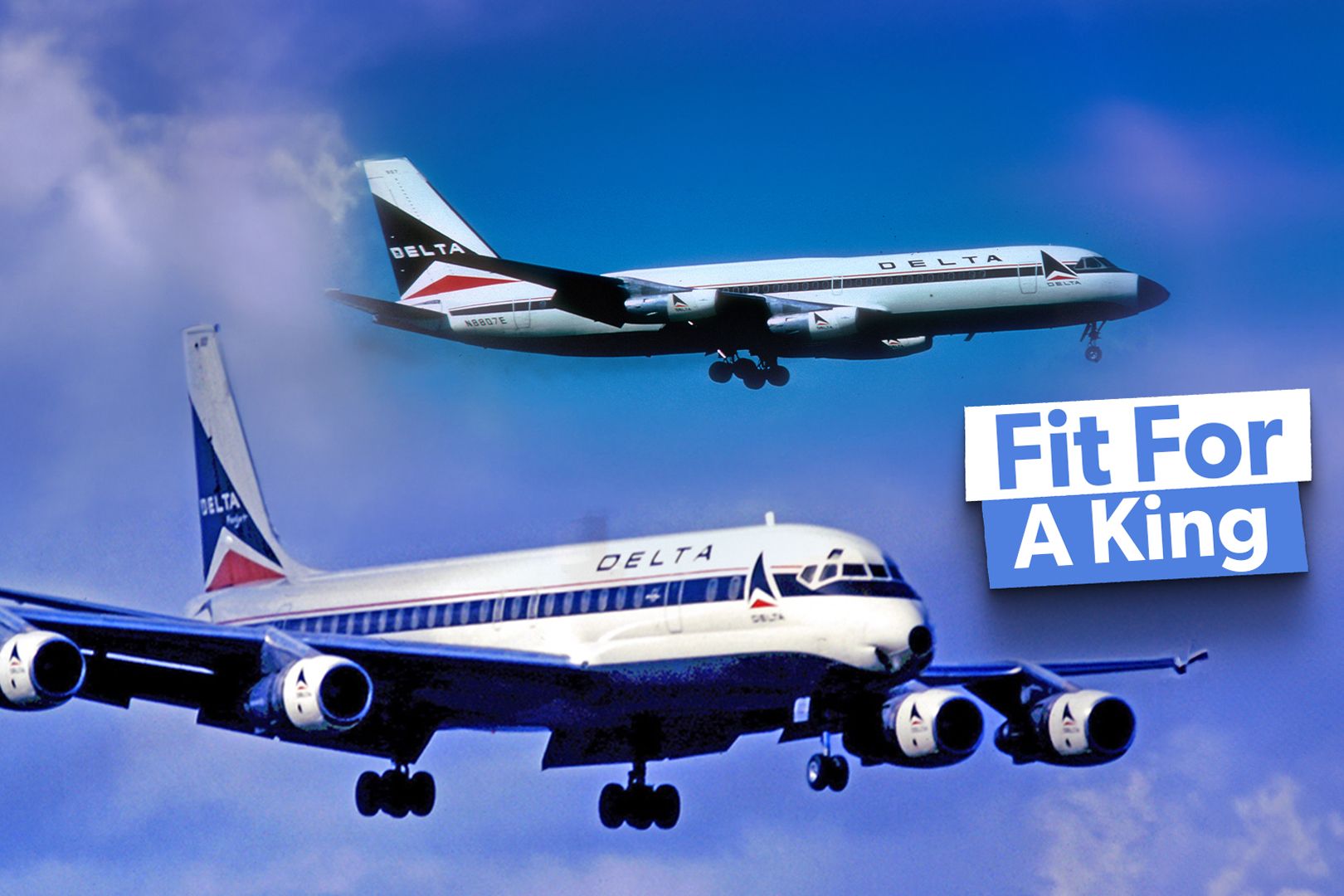
Related
Throwback: The Story Of Delta Air Lines’ Royal Service
Take a step back in time as we explore the age of luxury.
4
Merger with Northeast Airlines
The acquisition of Northeast Airlines in 1972 made Delta a major carrier in NYC and New England
|
Acquisition date: |
August 1972 |
|---|---|
|
Region: |
Primarily northeast USA |
|
Aircraft acquired: |
Boeing 727s and FH-227Bs |
In 1972, Northeast Airlines was acquired and merged into Delta Air Lines. Northeast was based in Boston and mostly operated (as the name suggests) in the northeastern United States. This made Delta a major carrier in Boston and New York, with direct routes from NYC and New England to Florida, Canada, the Bahamas, and Bermuda.
As part of the acquisition, Delta received Boeing 727s and (briefly) turboprop FH-227Bs. At this time, aircraft cabins had separate areas for smoking and no smoking. Northeast was founded in 1931 as a contract carrier for Pan Am as Boston-Maine Airways. The airline always remained small and struggled to make a profit.
5
Purchase of Pan Am’s transatlantic routes
The purchase of Pan Am’s transatlantic routes catapulted Delta to be a leading transatlantic carrier overnight
|
Pan Am ceased operations: |
December 4, 1991 |
|---|---|
|
Delta’s purchase: |
$415 million (for routes, aircraft, and other Pan Am assets) |
|
Date: |
November 1, 1991 (date of transatlantic operations) |
From the development of the commercial airline industry and into the Jet Age, Pan Am was the principal international air carrier of the US. However, as US airlines deregulated the 1970s, Pan Am faced increasing competition. Pan Am finally collapsed in December 1991, and Delta began operating Pan Am’s transatlantic routes in November 1991.
Overnight, Delta became a major transatlantic carrier (it acquired substantially all of Pan Am’s transatlantic routes). Delta acquired Pan Am’s New York to Europe routes and other major routes and hubs, along with many of Pan Am’s jets. Today, Delta remains the leading transatlantic airline.
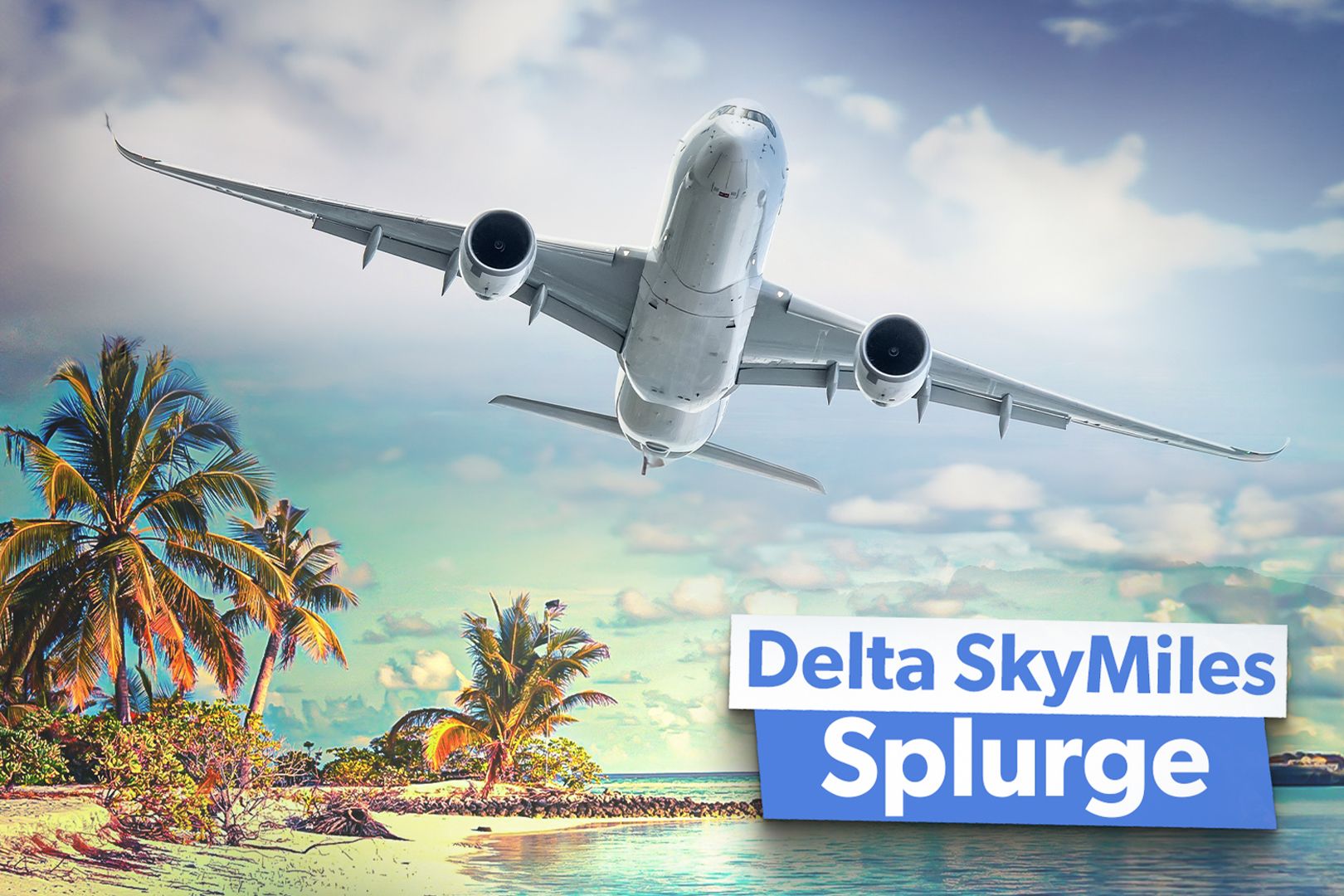
Related
Which Delta Partner Airlines Are Worth Splurging Your SkyMiles On?
Try out airlines with some of the best lounges or some that offer really long flights.

